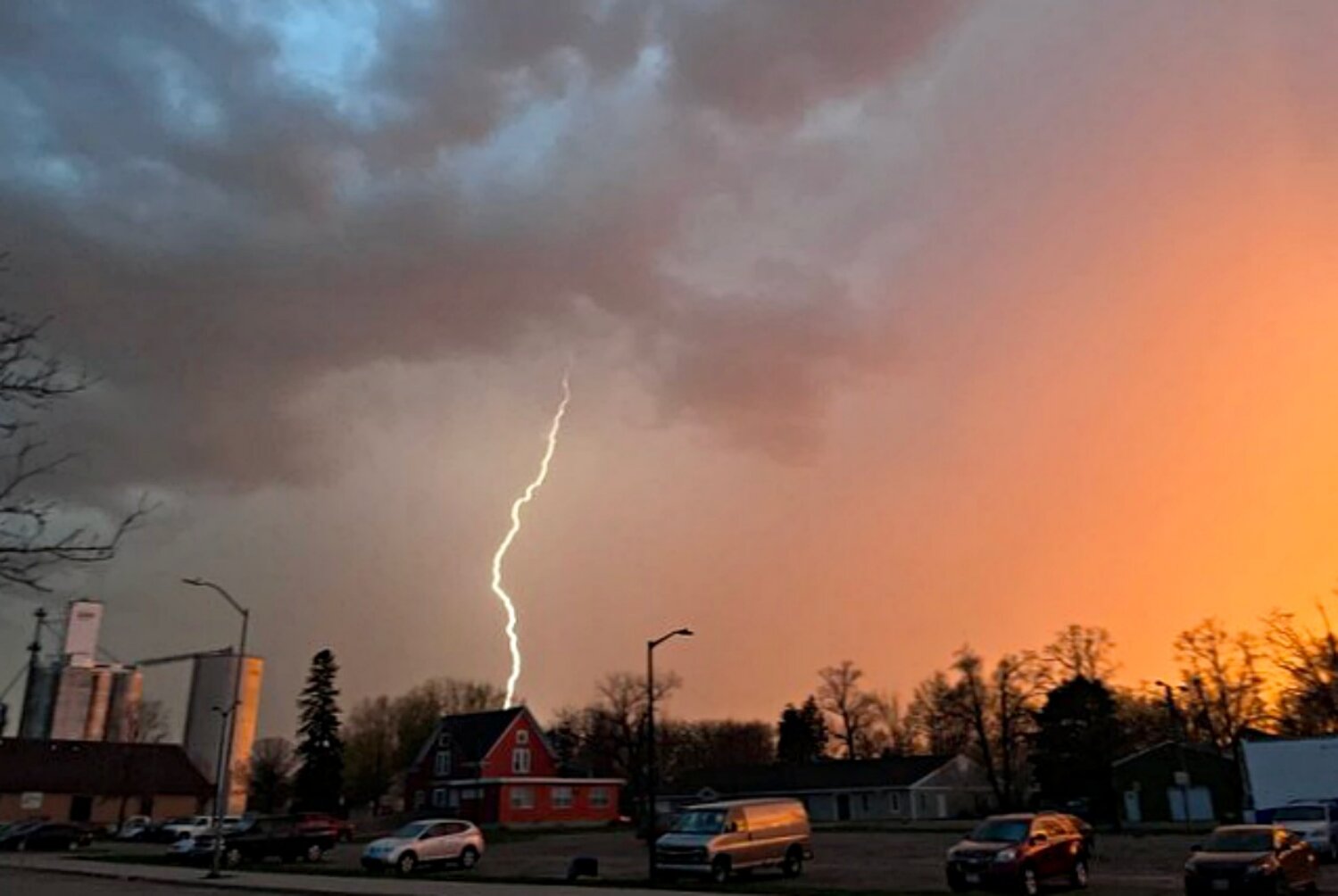For The Brookings Register
September marks National Preparedness Month, the annual campaign to remind everyone that preparing for emergencies and disasters can keep them, their families and their communities safe.
…
This item is available in full to subscribers.
To continue reading, you will need to either log in to your subscriber account, below, or purchase a new subscription.
Please log in to continue |

September marks National Preparedness Month, the annual campaign to remind everyone that preparing for emergencies and disasters can keep them, their families and their communities safe.
Launched in 2004, National Preparedness Month aims to educate and empower Americans to prepare for and respond to all types of emergencies, including natural disasters and potential terrorist attacks. National Preparedness Month culminates on Sept. 30 with National Preparedness Day.
Talking about bad things that could happen like a disaster or emergency isn’t always easy. We might think we’re protecting people we love by avoiding these conversations, but they are important to start taking steps to get ready and stay safe.
Starting a conversation today can help you and your family to take more actions to prepare. By taking simple steps, you can build your preparedness at your own pace:
The National Weather Service is proud to be participating in NPM. By doing so, it wants to make sure you are prepared in case of a disaster (natural or man-made). If you haven’t taken the time to think about how different disasters could affect you, then the weather service challenge you to take the necessary steps to become informed and develop a family plan for such events. These simple steps could save your life.
Emergency alerts: You can receive important lifesaving alerts no matter where you are — home, school, or work. We covered these — wireless emergency alerts and NOAA Weather Radio — in-depth in previous articles.
Social media: Some weather and safety information can also be relayed through social media. However, please remember that this is NOT an official means of receiving important lifesaving information. It is also important to know where the information is coming from. Just because it is on the internet does not mean that it is a fact. There are legitimate social media sites that publish facts and other social sites that publish what someone thinks, which may or may not be true.
Natural disasters: Know which natural disasters can occur in your area and how to prepare and stay safe. Extreme Heat, Extreme Cold, Lightning, Thunderstorms, and Strong Winds are listed as Highly Probability in Brookings County according to our 2019 Pre-Disaster Mitigation Plan, which is currently being updated. The PDM also lists as Low Probability Drought, Flood, Tornado, and Rural and Urban Fires. There is also a category called Unlikely to Occur listing Earthquakes, Ice Jams, Subsidence, and Dam Failures.
Other hazards: Will be discussed next week.
Shelter and evacuation: Make sure you know where the nearest shelters are, as well as the appropriate evacuation routes/plans for specific situations.
It is important to make a family emergency plan that can be put into action as soon as disaster strikes.
As you prepare your plan tailor your plans and supplies to your specific daily living needs and responsibilities. Discuss your needs and responsibilities and how people in the network can assist each other with communication, care of children, business, pets or specific needs like operating medical equipment. Create your own personal network for specific areas where you need assistance. Keep in mind some these factors when developing your plan:
A supply kit is a must when planning for potential disasters. You need to make sure you and your family have the necessary food and supplies to sustain you until the power returns or help arrives. It is also important to keep the kit maintained by keeping food/water fresh and supplies working properly. It is typically best to store the kit, along with any pet supplies, in a closet or the basement.
To assemble your kit, store items in airtight plastic bags and put your entire disaster supplies kit in one or two easy-to-carry containers such as plastic bins/totes, five-gallon bucket with lid, or a duffel bag.
A basic emergency supply kit could include the following recommended items:
We will continue to discuss planning for disasters next week. Until then, keep an eye on the sky.
Bob the EM